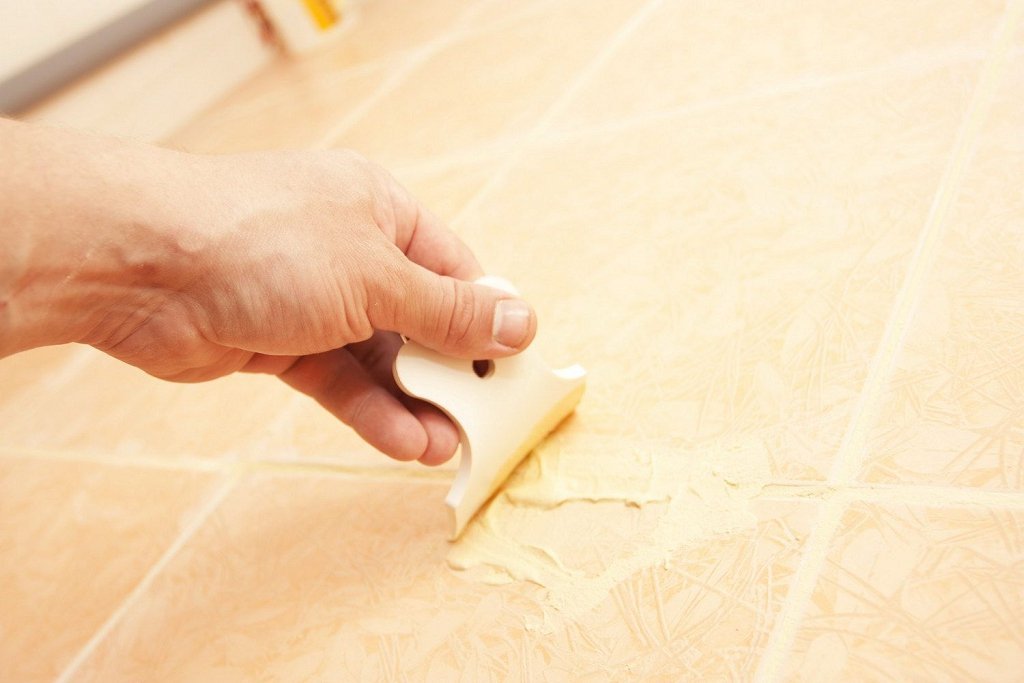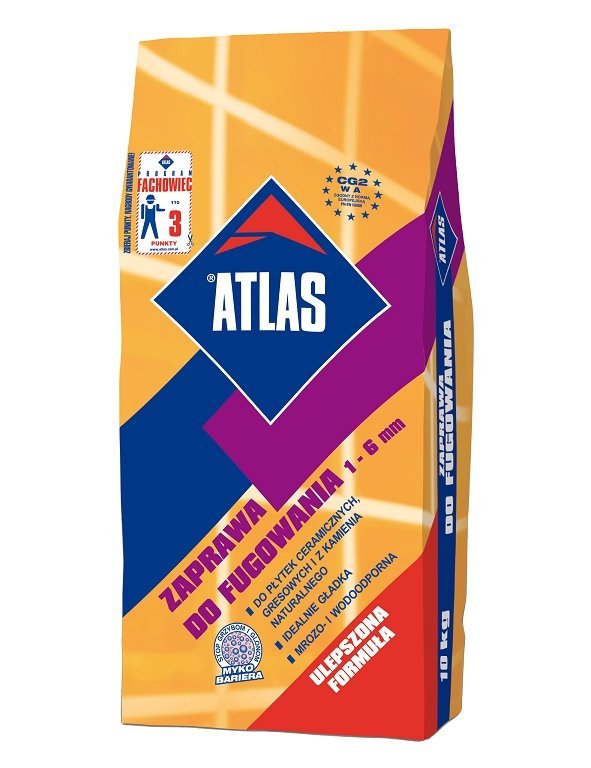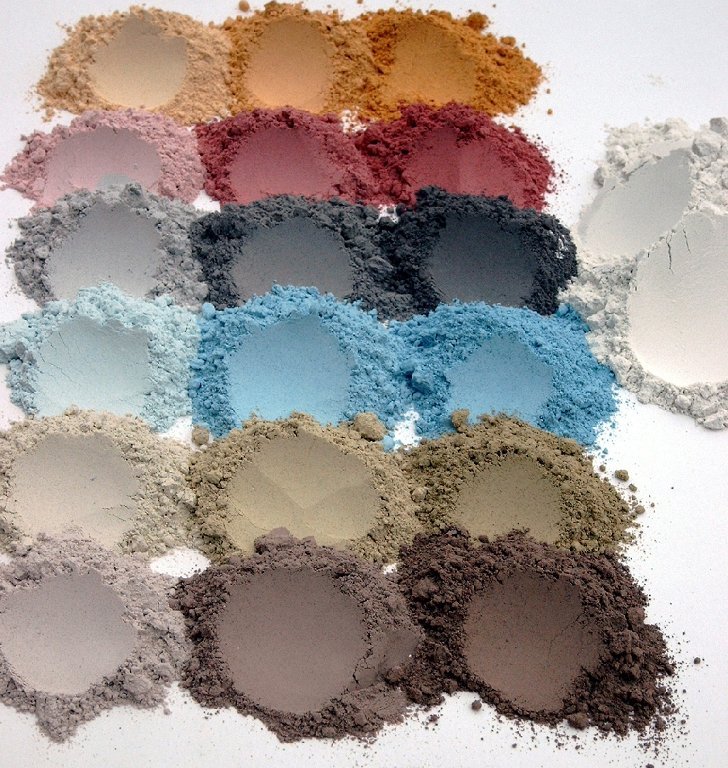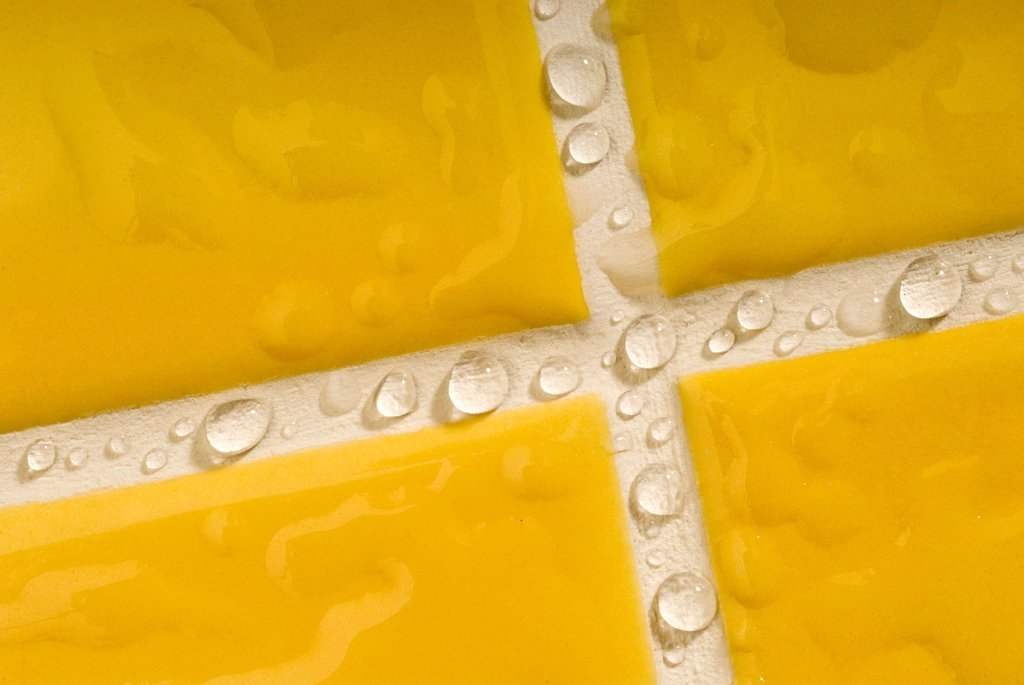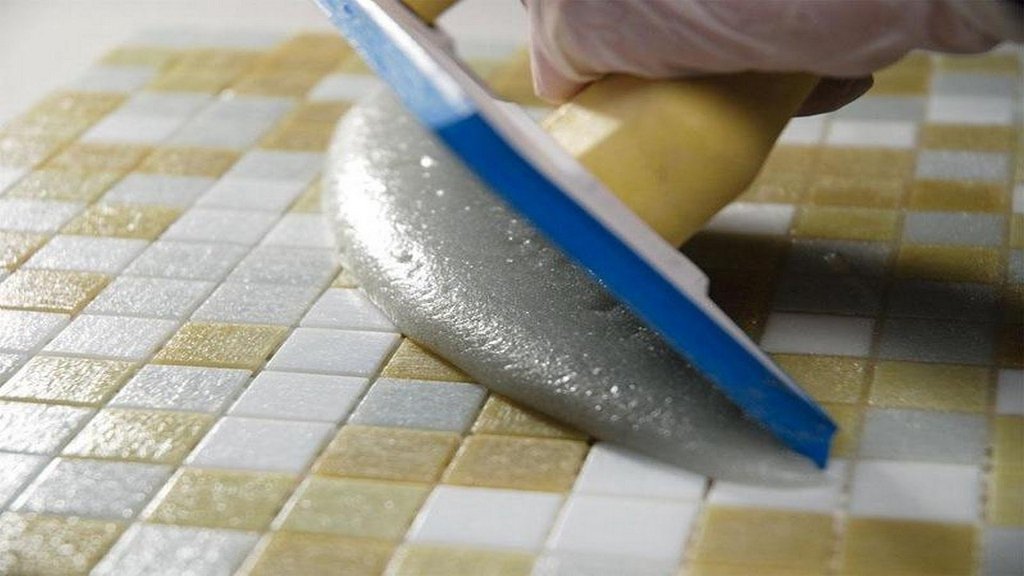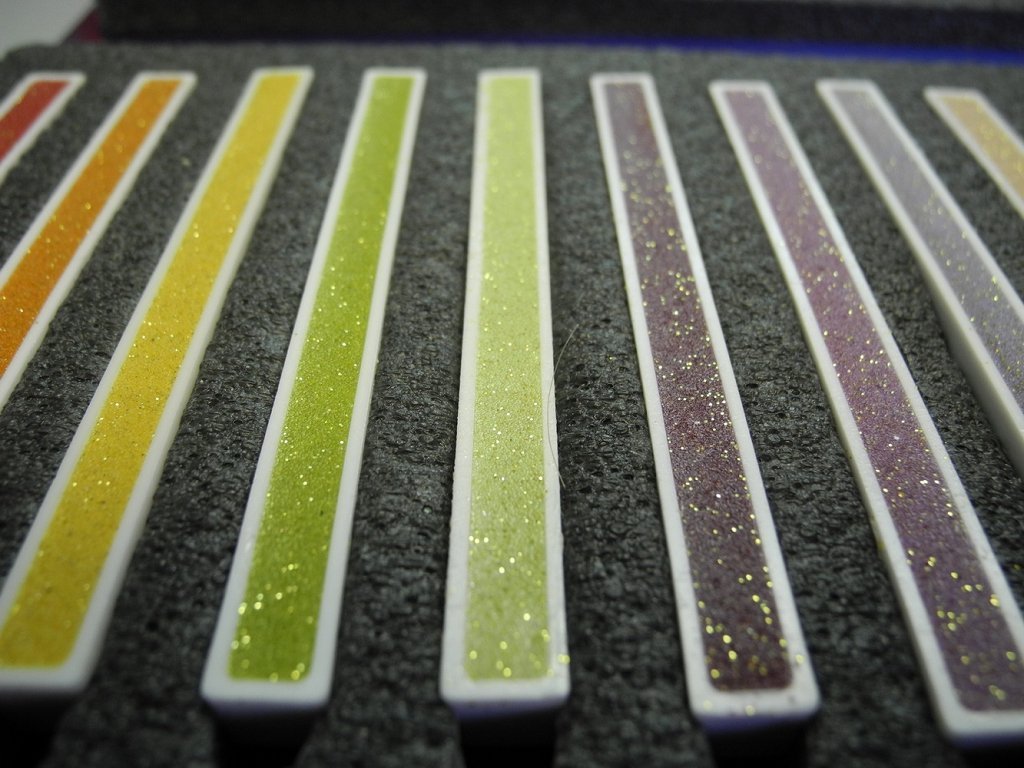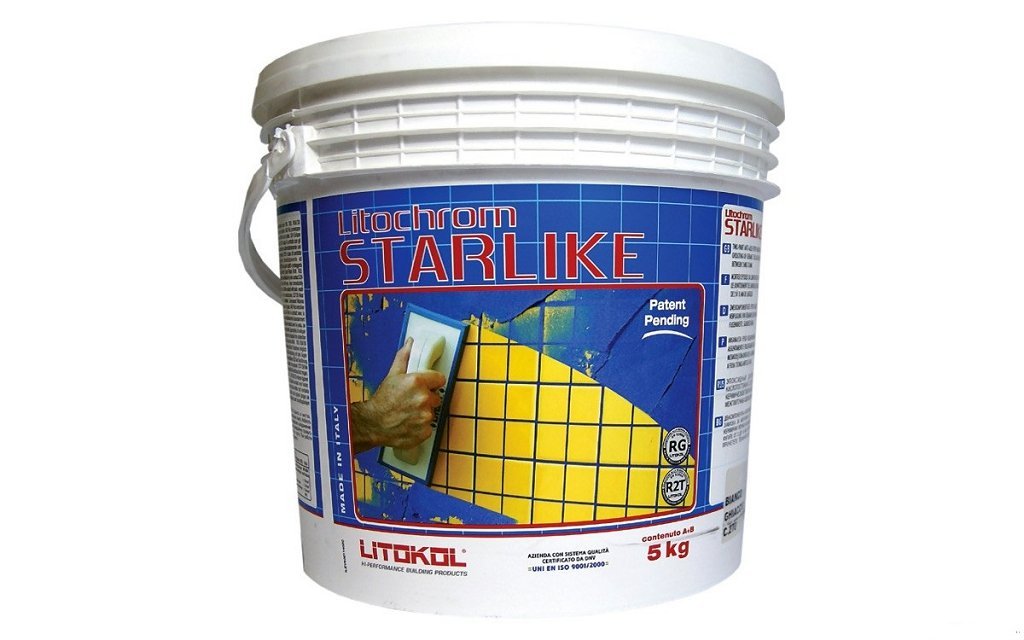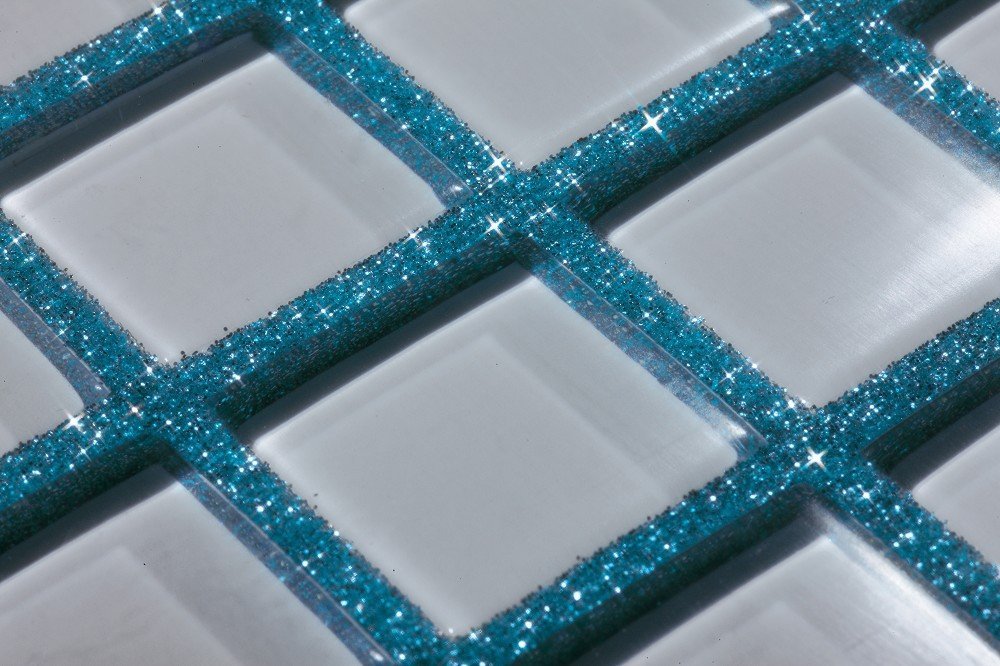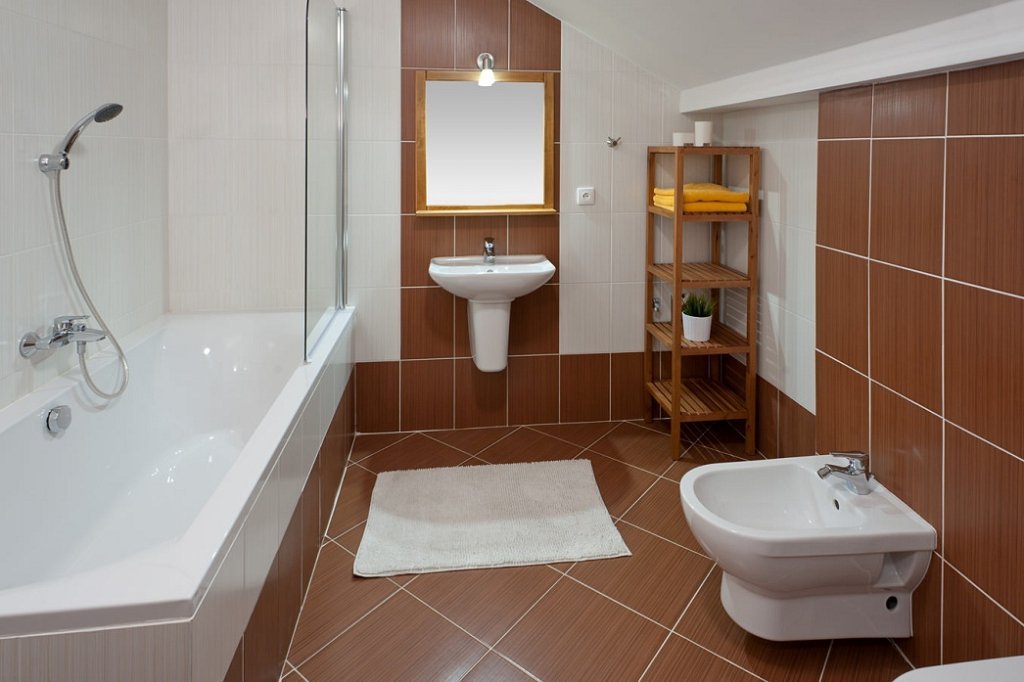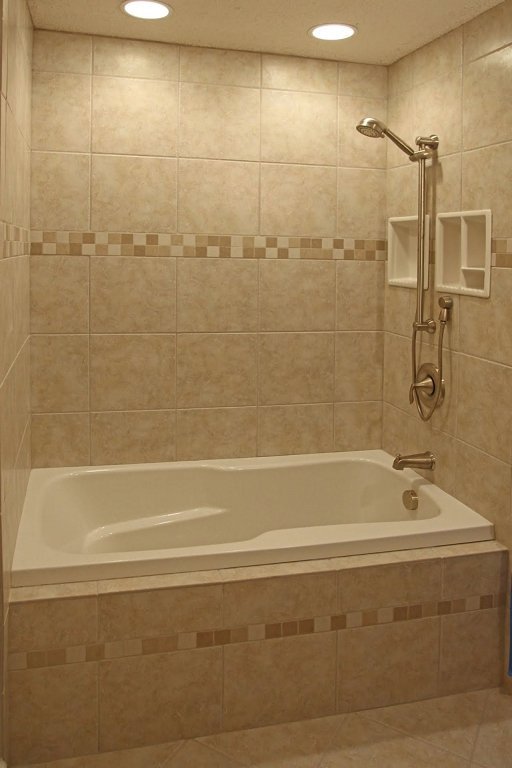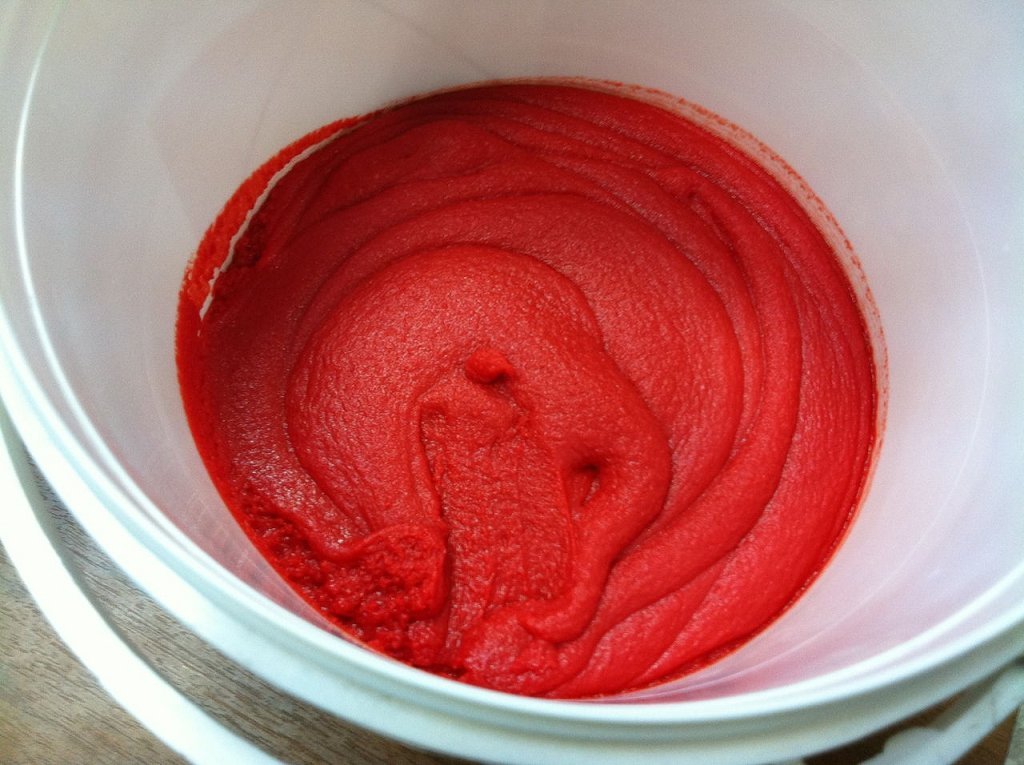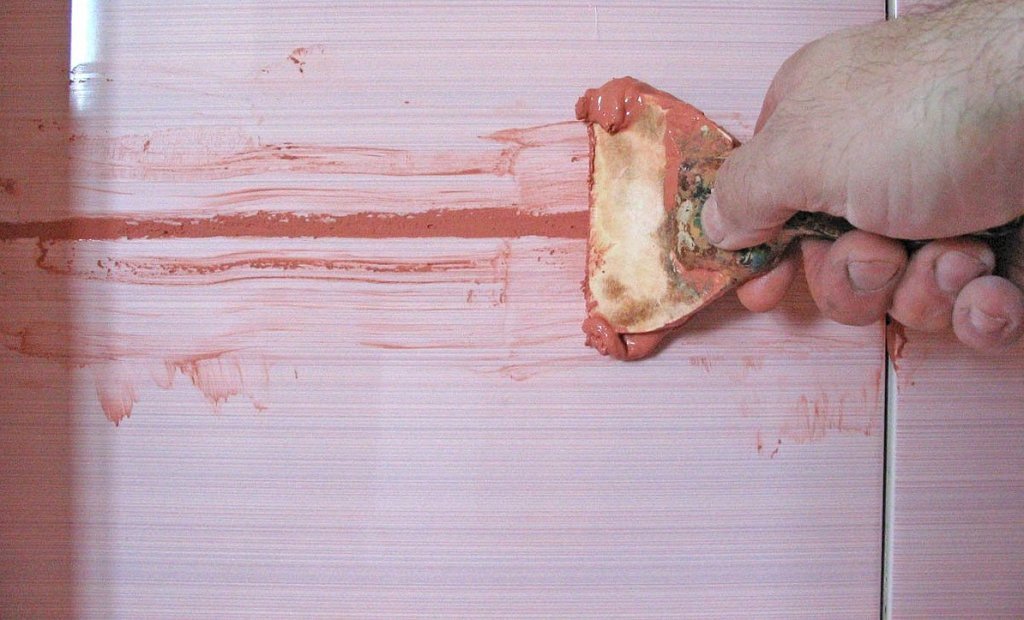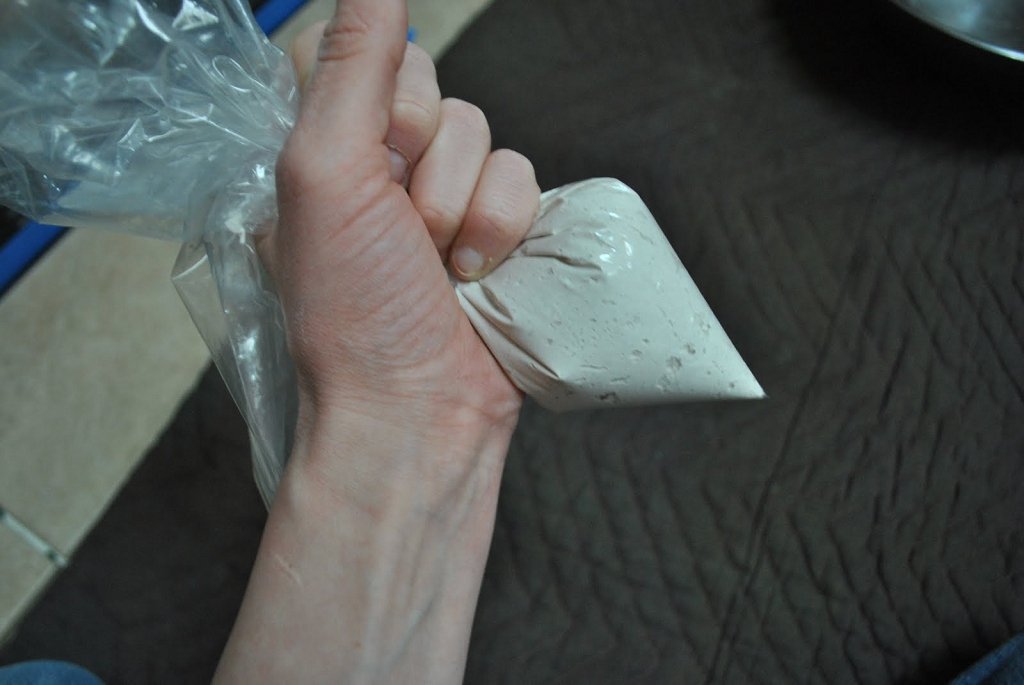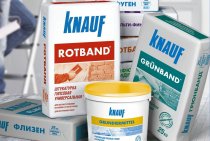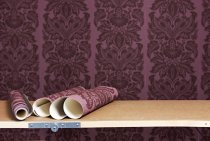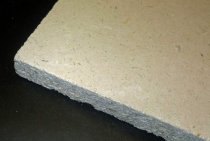Grouting joints between tiles is a mandatory step bathroom tiling. To fill the inter-tile space, a fugue is used - a special grout for tiles. It serves as a finishing touch in the decorative design of the walls and floor in the bathroom and prevents moisture and dirt from entering the seams, the development of mold under the finish and peeling of the tiles. A moisture-resistant fugue can have an epoxy or cement base; the specifics of work, the appearance and quality of the seams depend on its composition. Let's find out how to choose the right grout, and which one is better suited for independent use.
cement grout
Cement-based grout is most common among beginner craftsmen. Its popularity is explained not only by its low cost, but also by the ease of preparation and application. The main component of such a fugue is finely ground cement. Additionally, it may contain plasticizers, colorants, mineral additives and fungicides.
For joints wider than 5 mm, a grout containing sand must be selected. The size of the sand fraction depends on the width of the joints - the wider they are, the larger the sand should be.
Grout is sold in the form of a dry mixture or already diluted. The finished fugue is more convenient to use, however, after opening the container it quickly hardens. If you do not have time to use up the material at one time, the rest will have to be thrown away. In terms of economy, it is better to choose a dry puffer, which can be prepared by mixing the powder with a latex-based plasticizer. The result is a plastic, easy-to-use material with a consistency resembling putty.
Attention! Despite the instructions from the manufacturer, you should not dilute the dry grout with water, since the solution in this case will not be elastic enough. Experienced craftsmen recommend using a transparent latex-based plasticizer or concentrated latex. It increases the mechanical strength of the material, color stability and has antibacterial properties.
Advantages of cement grout:
- ease of application;
- high strength;
- universality;
- affordable cost;
- can be tinted in any color;
- suitable for beginners in tiling.
Flaws:
- without additional protection, it quickly becomes dirty;
- decomposes under the influence of aggressive chemicals.
Additional seam protection
Cement grout for bathroom tiles needs additional protection. As a protective agent, you can choose a water-repellent impregnation or a moisture-resistant polymer varnish.
On the grout treated with impregnation, a thin protective layer is formed, which is quite easily destroyed and requires updating about once every six months. The joint varnish forms a more durable layer that protects the grout from moisture, cracking and mold. Water, getting on the seam treated with varnish, is not absorbed, but flows down in drops. Glossy varnish makes the color of the fugue more saturated and bright, matte - fixes the color without changing it.
Tip: It is not recommended to use polyurethane varnish to protect the joints in the bathroom, as it drastically changes the color of the grout.
Epoxy grout
Epoxy-based grout is an excellent grouting material that is resistant to chemicals and various contaminants and does not require additional protection. In addition to epoxy resin, the two-component mixture contains a hardener and colorants. In the package, these components are located separately from each other, in order to prepare puffer, it is enough to mix them. The result should be an elastic, viscous and dense mass, which is quite difficult to work with.
Advantages of epoxy fugue:
- water resistance;
- high strength;
- resistance to aggressive acids and alkalis;
- resistance to pollution;
- the ability to add sparkles and other decorative components;
- wide color palette;
- preservation of color and decorative properties throughout the entire service life;
- no need for additional measures to protect the seams.
Flaws:
- viscous consistency, which greatly complicates the work with the material;
- the need to use special solvents to clean tiles from grout residues;
- high price.
Choice of grout
Epoxy grout is an excellent material preferred by professional tilers. If you are going to do the work yourself, soberly assess your capabilities. Epoxy grout is capricious, you need to work with it quickly and accurately. If you do not remove the remains of the fugue from the tiles within 24 hours, this will be possible only with the help of special acids. After a week, this can only be done mechanically with a high risk of damage to the tile.
The cement fugue is more versatile; grouting tiles with its help is within the power of even a novice master. If you do not neglect additional protection measures, then it will also retain an attractive appearance for a long time.
What grout to choose?
- If you do not have severe financial constraints, and the main thing for you is a high-quality result for many years, choose an epoxy fugue and entrust the process to a professional.
- If you are not financially constrained, like to experiment and improve the house with your own hands - buy epoxy grout and follow the instructions.
- In the event that you do not want to take risks, and are not confident in your abilities, it is better for you to choose a cement fugue.
- Cement grout for tiles is suitable for those who want to save money. Fugue, plasticizer and protective agent together will cost less than epoxy grout.
- For marble and glazed tiles, it is better to use epoxy grout.
Variety of colors
Cement fugue can be sold in a painted form or independently tinted in the selected shade. Epoxy grout cannot be dyed at home, but is available in a wide range of colors including gold, silver, bronze and metallic.
Color Tips:
- contrasting grout emphasizes the laying geometry, so it can only be used with perfectly evenly laid tiles;
- light fugue hides irregularities and errors;
- for small bathroom you can choose a light tile with grout of the same color - the room will seem more spacious;
- keep in mind that light grout on the floor can get dirty quickly;
- remember that after drying, the fugue brightens a little;
- mosaic tiles or multi-colored tiles are best combined with a transparent glass-based fugue.
Technology of the grouting process
For work you will need:
- knife for cleaning seams;
- brush for removing glue residue;
- rubber spatula for grouting;
- container for solution and water;
- spatula for mixing;
- sponge and cloth for cleaning the tile from the solution;
- stitching;
- rubber gloves and a respirator.
Grouting is done in the following sequence:
- Using a special knife and brush, the remains of tile adhesive are carefully cleaned from the seams. Adhesive particles must be completely removed so as not to interfere with the adhesion of the grout to the ends of the tiles.
- You can prepare a solution from a dry cement mixture by adding powder to water or a plasticizer; when using an epoxy fugue, its components are mixed. The grout should have a consistency similar to toothpaste.
- Moisten the seams with water or an antiseptic primer.
- Using a rubber spatula, fill the space between the tiles with a fugue. Apply the composition in short strokes across the seam, trying to press it as deep as possible. With the sharp part of the spatula, the mass is pressed in and distributed along the seam.
- Manipulations are repeated until the gap between the tiles is completely filled, then by moving the spatula along the seam, the final alignment is carried out and excess grout is collected. You can correct the relief of the seam with a finger, which is wearing a rubber glove.
- At one time, seams are rubbed over an area of one or two square meters. After the grout has dried, its traces are removed from the surface of the tile with a damp sponge or cloth, then the tile is wiped with a dry cloth.
If the tile has a relief surface, grouting can be done using a special syringe consisting of a reservoir and a piston mechanism. The grout mass is squeezed out through the nozzle of the syringe directly into the space between the tiles, keeping their surface clean. Instead of a syringe, you can use a bag with a nozzle, like a pastry bag, or a strong plastic bag with a cut corner.
